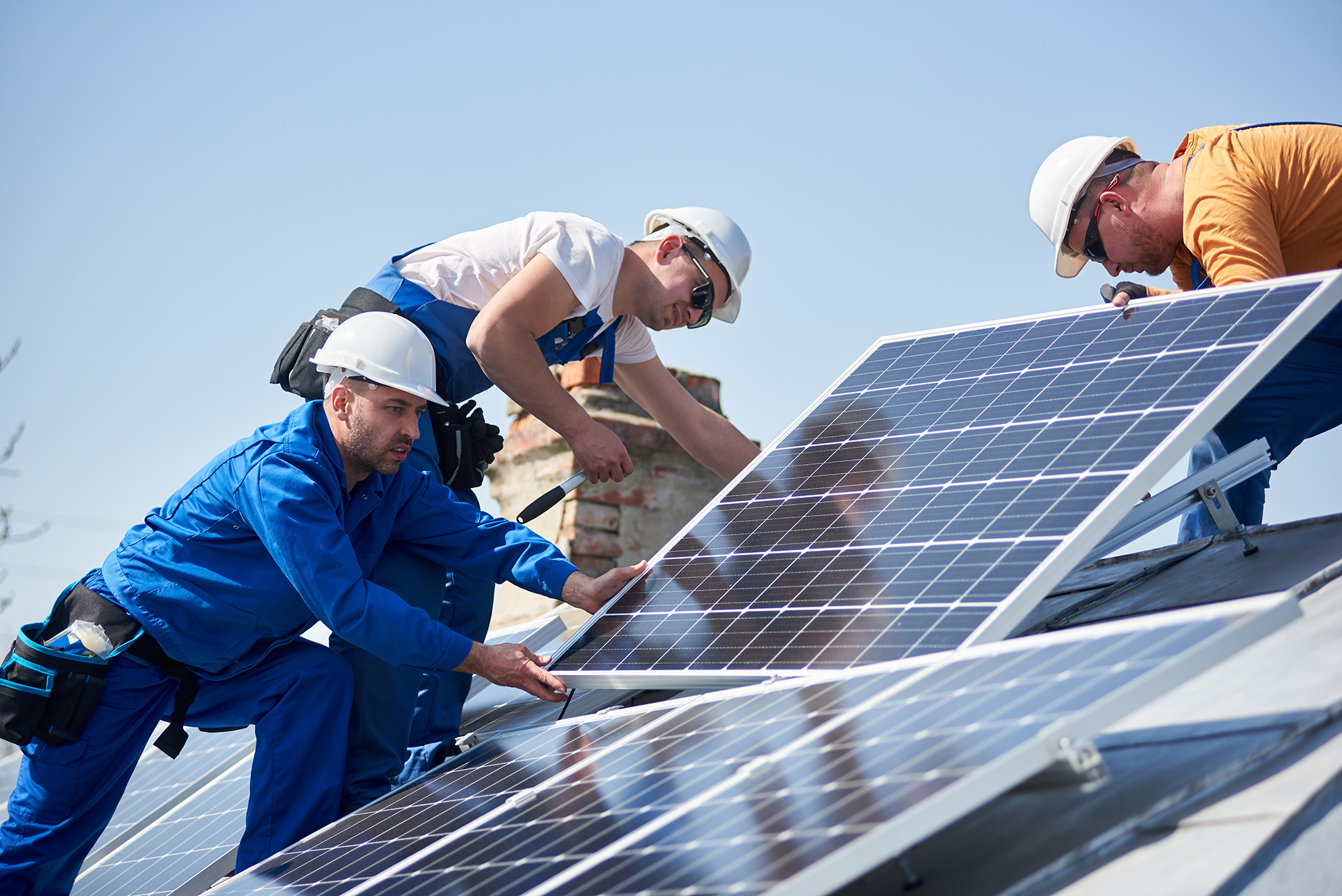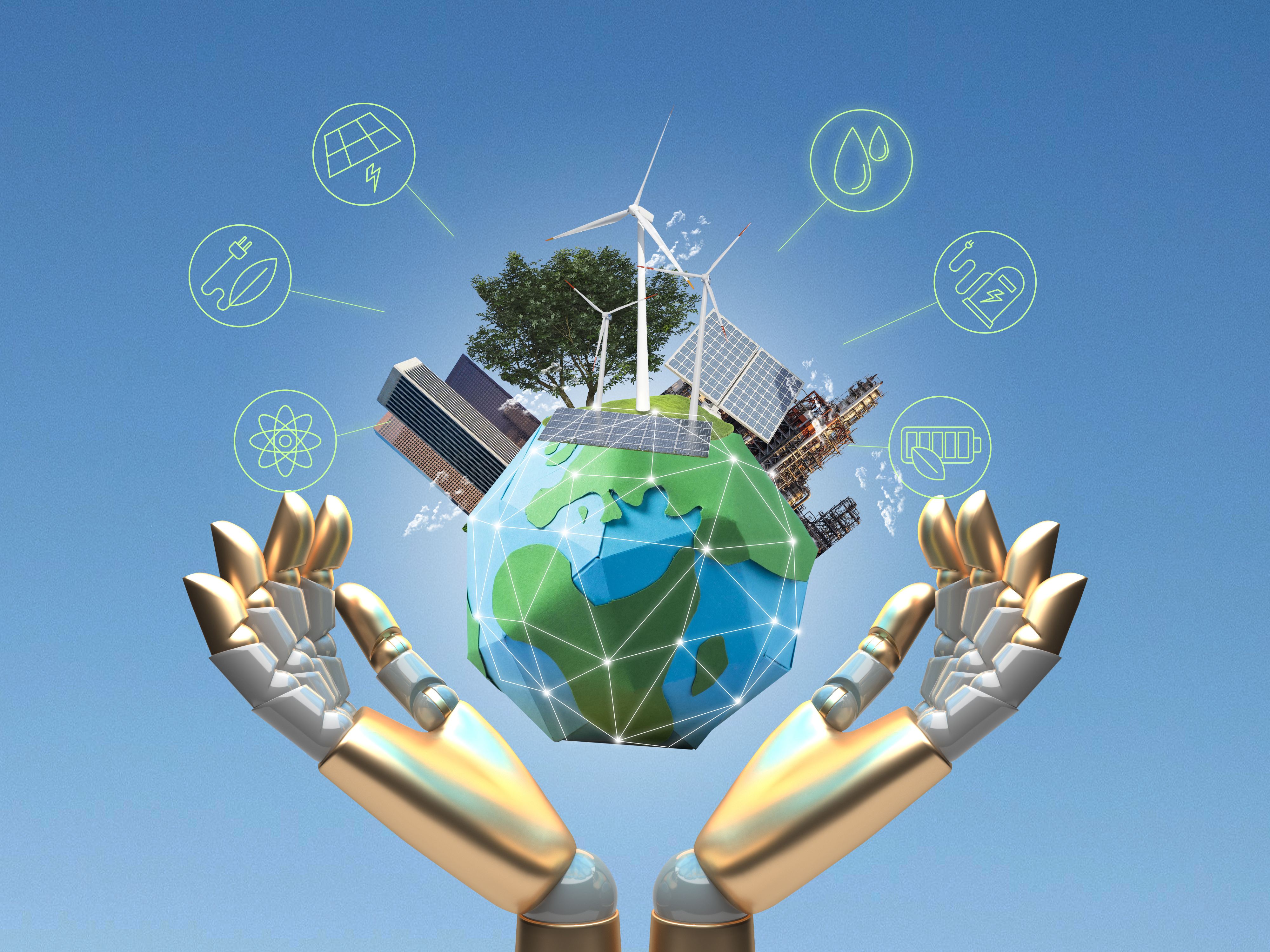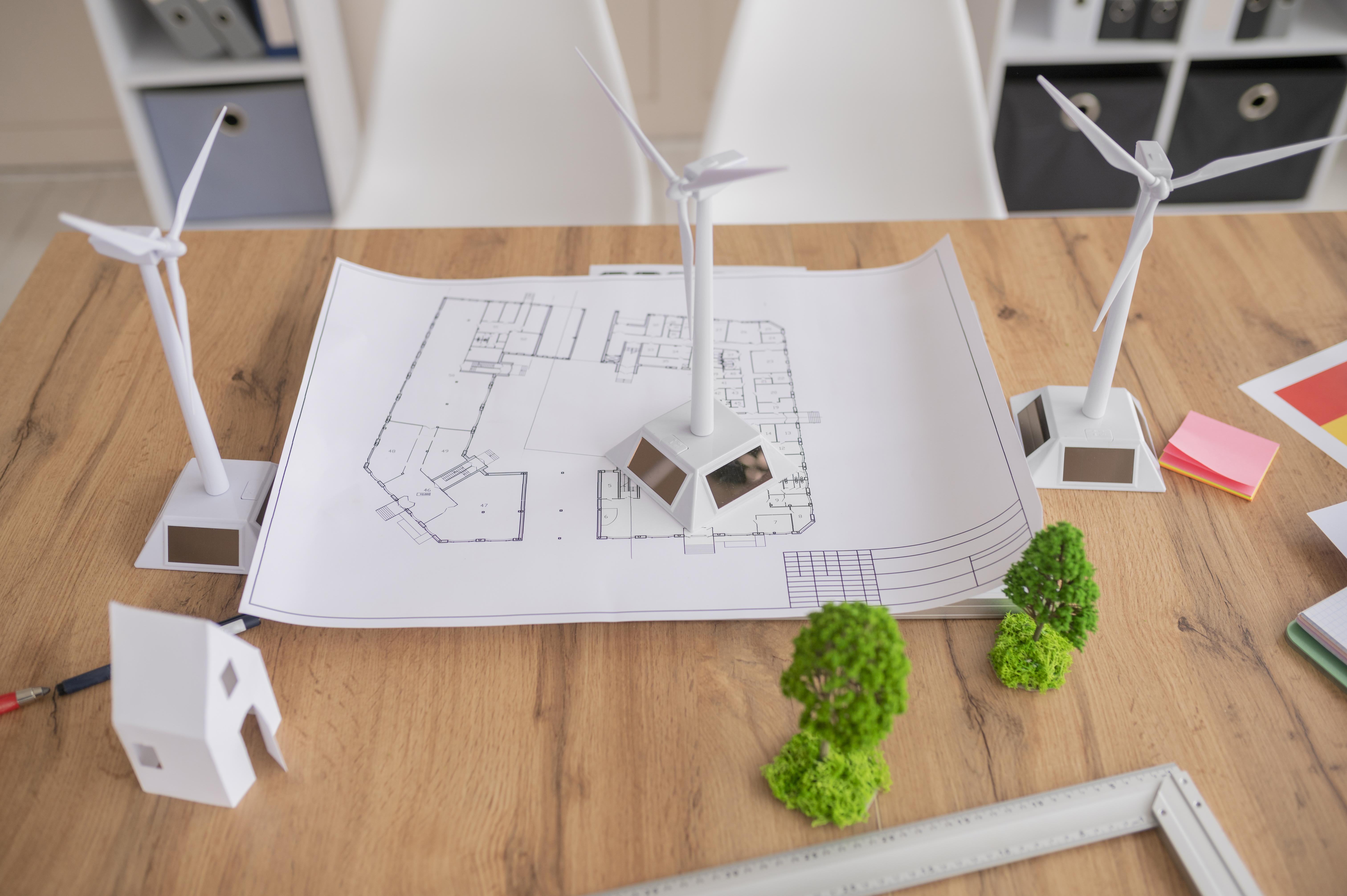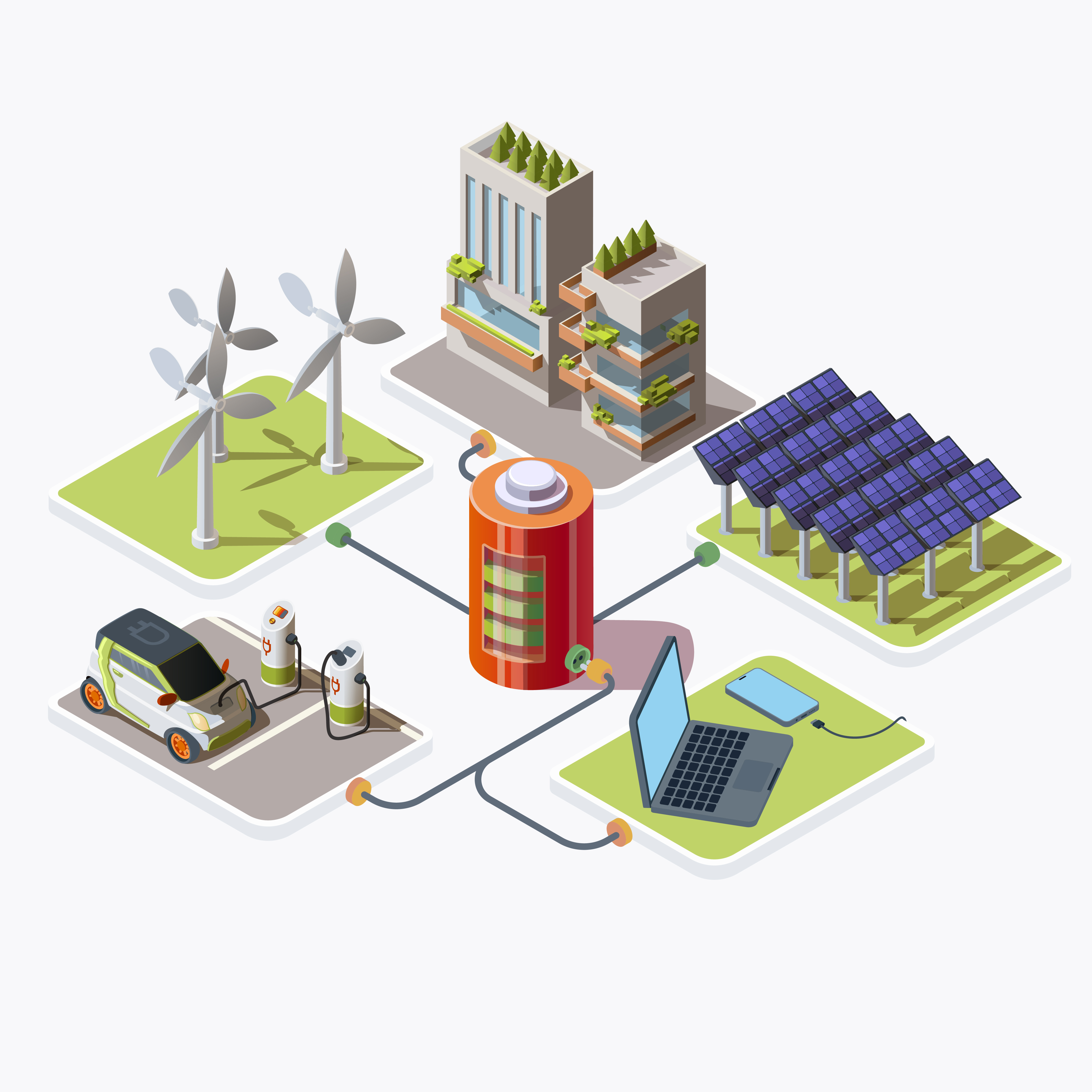Table of Contents
ToggleIntroduction
Renewable energy, also known as clean energy, is derived from natural resources that are replenished on a human timescale, making them virtually inexhaustible. Unlike fossil fuels, which contribute to air pollution and climate change, renewable energy sources offer a clean and sustainable alternative for meeting the world’s growing energy demand. The global transition towards renewable energy is driven by the need to reduce greenhouse gas emissions, enhance energy security, and promote economic development. The world is witnessing a remarkable transformation in the way electricity is generated and distributed, thanks to the rapid adoption of renewable energy sources. From solar and wind to hydroelectric and geothermal power, renewable energy is revolutionizing the electricity sector and driving the transition towards a cleaner, more sustainable energy future. In this article, we explore the various facets of how renewable energy is shaping the future of electricity generation and distribution.The Role of Renewable Energy in Electricity Generation
Renewable energy technologies are reshaping the way electricity is generated and distributed, offering clean, affordable, and reliable alternatives to conventional fossil fuel-based power generation. These technologies harness the natural energy flows of the sun, wind, water, and Earth to produce electricity with minimal environmental impact.Photovoltaic (PV) solar panels convert sunlight directly into electricity using semiconductor materials such as silicon. When sunlight strikes the surface of a solar panel, it generates an electric current, which can be used to power homes, businesses, and utilities. Solar panels are modular and scalable, allowing for installations of various sizes, from small rooftop arrays to large utility-scale solar farms.
Concentrated solar power (CSP) systems use mirrors or lenses to concentrate sunlight onto a small area, generating heat that is used to produce steam and drive turbines to generate electricity. CSP technologies include parabolic troughs, solar power towers, and dish collectors, each with its unique advantages and applications. CSP systems can provide dispatchable and reliable power, making them suitable for both utility-scale and distributed generation applications.
Onshore wind farms consist of multiple wind turbines installed on land to capture the kinetic energy of the wind and convert it into electricity. Wind turbines consist of blades mounted on a tower, which rotate when exposed to the wind, driving a generator to produce electricity. Onshore wind farms are cost-effective and can be deployed in a wide range of locations, from open plains to mountain ridges, making them a versatile and scalable renewable energy solution.
Innovations in Renewable Energy Technologies
Advancements in renewable energy technologies are driving down costs, improving performance, and expanding the deployment potential of renewable energy worldwide. From breakthroughs in solar cell efficiency to innovations in wind turbine design, ongoing research and development efforts are unlocking new opportunities for harnessing renewable energy resources and accelerating the transition to a sustainable energy future.Efficiency improvements in solar photovoltaic (PV) technology are increasing the energy output and reducing the cost of solar power generation. New materials, manufacturing techniques, and design innovations are boosting solar cell efficiency and durability, making solar energy more competitive with conventional fossil fuels. Emerging technologies such as perovskite solar cells and tandem solar cells offer the potential for even higher efficiency and lower costs, driving further growth in the solar energy industry.
Role of Research and Development in Renewable Energy
Investment in research and development (R&D) is essential for driving innovation and advancing renewable energy technologies to address current challenges and unlock new opportunities. Collaborative efforts between government, industry, academia, and research institutions drive progress in areas such as solar photovoltaics, wind turbine design, energy storage, and grid integration. By investing in R&D, countries can accelerate the development and deployment of renewable energy technologies, strengthen their competitive advantage, and drive down costs.Advancements in solar photovoltaic (PV) technology are increasing the efficiency, durability, and affordability of solar energy generation. Research efforts focus on improving the performance of solar cells, enhancing the durability of PV modules, and reducing manufacturing costs through new materials, processes, and designs. Emerging technologies such as perovskite solar cells, tandem solar cells, and thin-film solar modules offer the potential for higher efficiency and lower costs, driving further growth in the solar energy industry.
Innovations in wind turbine design are increasing the energy output, reliability, and cost-effectiveness of wind energy generation. Research initiatives aim to develop larger and more efficient wind turbines, improve aerodynamics and rotor design, and optimize turbine placement and operation for maximum energy yield. Advanced materials, sensors, and control systems are enhancing the performance and lifespan of wind turbines, reducing maintenance costs and downtime.
Implications of Renewable Energy on Grid Modernization
The integration of renewable energy into the electricity grid requires modernization and adaptation of grid infrastructure to accommodate variable and distributed energy resources. Grid modernization efforts encompass a wide range of technologies, policies, and practices aimed at improving grid reliability, resilience, and flexibility while supporting the transition to a cleaner and more sustainable energy system.Demand response programs and grid flexibility measures play a crucial role in managing the variability of renewable energy generation and balancing supply and demand on the grid. Demand response programs incentivize consumers to adjust their electricity usage in response to grid conditions and price signals, reducing peak demand and optimizing grid operations. Flexible grid infrastructure, including advanced metering, smart grid technologies, and energy storage systems, enables rapid response to fluctuations in renewable energy output and enhances grid stability and reliability.
Advanced metering infrastructure (AMI) and data analytics provide utilities and grid operators with real-time insights into energy consumption, generation, and grid performance. Smart meters and sensors collect granular data on electricity usage and grid conditions, enabling more accurate forecasting, load balancing, and asset management. Data analytics tools analyze large datasets to identify patterns, optimize grid operations, and improve energy efficiency, helping utilities optimize their grid investments and enhance customer satisfaction.
Conclusion
Renewable energy is transforming the electricity sector and shaping the future of energy production and consumption worldwide. From solar and wind to hydroelectric and geothermal power, renewable energy sources offer clean, sustainable alternatives to fossil fuels and contribute to mitigating climate change, enhancing energy security, and fostering economic development. By harnessing the power of renewable energy and investing in innovative technologies, countries can build a more resilient, equitable, and sustainable energy future for generations to come.FAQs
What is renewable energy, and why is it important for the future of electricity?
This FAQ provides a brief overview of renewable energy and explains its significance in shaping the future of electricity generation. It highlights the environmental benefits, economic advantages, and energy security implications of transitioning to renewable sources.
What are some examples of renewable energy sources driving the transition to clean electricity?
This FAQ lists various renewable energy sources, such as solar, wind, hydroelectric, biomass, and geothermal energy, and discusses how each contributes to shaping the future of electricity. It provides examples of renewable energy projects and technologies driving innovation and deployment worldwide.
How does renewable energy integration affect electricity grid stability and reliability?
This FAQ explores the impact of integrating renewable energy into the electricity grid, focusing on grid stability, reliability, and resilience. It discusses challenges related to renewable energy intermittency and variability and explains how grid modernization efforts are addressing these challenges.
What role does government policy play in accelerating the adoption of renewable energy?
This FAQ examines the role of government policies and regulations in promoting renewable energy deployment and investment. It discusses various policy mechanisms, such as renewable portfolio standards, feed-in tariffs, tax incentives, and carbon pricing, and their effectiveness in driving the transition to clean electricity.
How can individuals and businesses contribute to the advancement of renewable energy?
This FAQ provides practical tips and strategies for individuals, businesses, and communities to support the growth of renewable energy. It discusses actions such as installing rooftop solar panels, purchasing renewable energy credits, supporting renewable energy advocacy efforts, and advocating for renewable-friendly policies







